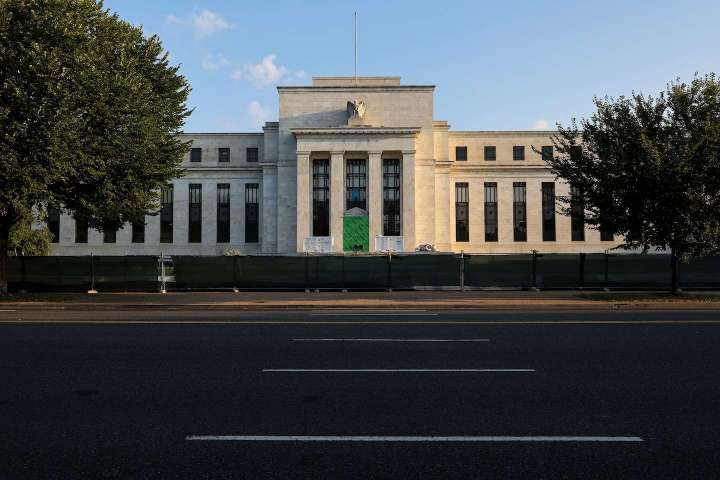The Federal Reserve — the nation’s central bank — plays an enormous role in keeping the economy stable. Its job is to keep inflation in check and help the job market grow as much as possible. With inflation soaring to hazardous levels, the Fed faces one of its biggest challenges in decades.
Why does the Fed raise interest rates?

But how does the Fed control inflation in the first place? What tools does it use? What do higher interest rates mean for the stock market?
Here are some of your questions, answered.
How does the Fed lower inflation?
The Fed’s top tool for controlling inflation is its power to affect interest rates. The Fed can raise or lower its benchmark rate — known as the federal funds rate — based on what it is seeing in the economy. The federal funds rate influences how much banks and other financial institutions pay to borrow, and ripples down to businesses and households from there.
Low rates help juice the economy by making it cheaper for businesses and households to invest in new projects, hire staff or take out a loan to buy expensive items like homes or cars. Higher rates do the opposite, and are designed to slow the economy by dampening consumer demand.
How does raising interest rates affect inflation?
Inflation happens when there’s a mismatch of supply and demand in the economy. During the pandemic, for example, so many people wanted to buy cars that factories couldn’t keep up. Families relocated and scoured for new houses, but there weren’t enough available. So cars and houses got more expensive.
The Fed can’t do anything to boost chip manufacturing or build more houses, which would fix the supply side of the equation. So it has to focus on slowing down demand instead. It wants fewer people to buy new cars or put in bids for houses, which would bring prices down.
When the Fed raises its benchmark interest rate, it makes all kinds of lending more expensive. Mortgage rates go up. So do auto loans. And over time, that helps supply and demand get back in sync.
Why is the Fed raising rates so much?
Inflation is extremely high. In August, prices were 8.3 percent higher than the year before. Normally, the Fed aims for 2 percent.
Even though inflation has been creeping up for more than a year, the Fed was late to intervene. For much of 2021, central bank officials insisted that inflation was a temporary feature of the covid recovery, and wouldn’t become a persistent part of daily life. But over time, Fed leaders realized they were wrong, and they rushed to start raising rates in March.
Even once the Fed started raising rates, inflation continued to climb. The Fed has repeatedly had to ramp up its response, even at the risk of slowing the economy so much that it forces a recession.
What do the Fed’s rate hikes mean for mortgages?
For much of the pandemic, the Fed kept rates near zero, which meant mortgage rates were historically low. That allowed the housing market to overheat, with home prices escalating, and buyers locked in fierce bidding wars for the few homes available.
But over the past few months, the Fed’s rate hikes have prompted a major run-up in mortgage rates. For the first time since 2008, 30-year fixed-rate mortgages hit 6 percent, with the expectation that rates could go even higher later this year. One year ago, they were less than 3 percent.
Higher mortgage rates have led to a major slowing of the U.S. housing market, which had been churning at an unsustainable pace. More houses are on the market, and mortgage applications to purchase a home have hit their lowest level since 2016, excluding the first few weeks of the pandemic. Prices are softening.
That may benefit the overall economy, but it’s rapidly become more expensive for aspiring owners to purchase a home.
What do interest rates mean for stocks?
Wall Street is very worried that the Fed is going to act so aggressively that it causes a recession later this year or in 2023. Analysts pay attention to every single public comment from Fed officials, and the markets can swing up or down depending on what kind of message the central bank is sending.
When it looks like the Fed is going to have to keep up with its big rate hikes, stocks often tank. If Wall Street thinks the Fed is seeing enough progress on inflation to ease up a bit, stocks can gain value. Much depends on whether inflation is improving, and how the Fed reacts.






